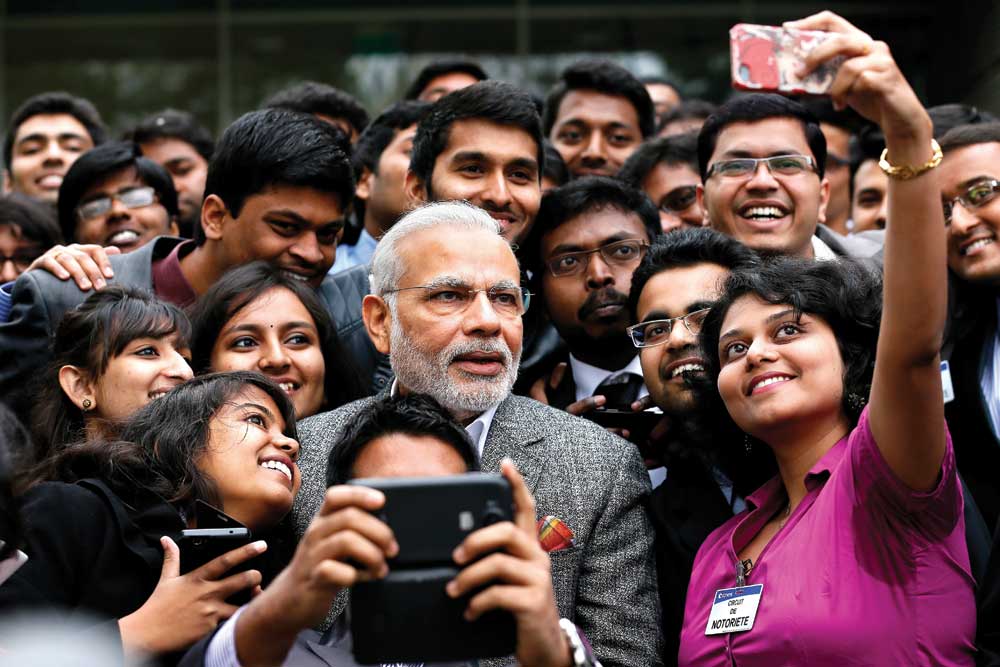The cabinet has approved the decision to add 2 lakh new seats in various central government-funded institutions to implement the 10 percent quota for economically weaker sections among upper caste. There are 158 Central Educational Institutions (CEIs) across the country and 2 lakh seats would be needed to make the space for upper caste quota. “With the approval of the Cabinet, a total of 2,14,766 additional seats will be created. While 1,19,983 additional seats will be created during 2019-20 academic session, 95,783 seats will be added in 2020-21,” said the sources. The government has sanctioned 4,300 crore rupees to 158 CEIs to implement the quota.
Earlier the central government assured that the upper caste quota would be implemented without affecting the SC/ST, and OBC reservation. The General category would also not be affected to create the space of the economically weaker section. All the seats for 10 percent quota would come from newly created seats for which government has already sanctioned the funds. In the 2019-20 budget, the government increased the number of seats in central government institutions by 25 percent.
Modi government brought the upper caste reservation bill for those belonging to the upper castes and earning less than 8 lakh rupees per year in the winter session of parliament. Modi government targeted many aims with this one step. The protest by upper caste groups like Jat, Maratha, and Kamma would end after the implementation of quota. BJP also shed the tag of being anti-upper caste tag with this one step. The move would pacify the members of the general category after the SC/ST Act row. It will help the BJP to win back disenchanted upper caste voters and would also provide impetus to consolidate its traditional upper caste base in its favor ahead of the 2019 Lok Sabha elections.
Premier higher education institutions like IITs, NITs and other centrally sponsored universities will increase the number of seats by 25 percent to implement the quota for economically weaker sections (EWS) from the upper castes. The IITs have a total of 12,000 seats as of now, the institutes will have to add 3,000 additional seats to accommodate students in EWS from the upper castes.
The previous quota system alienated the upper castes because it was strongly inclined towards social justice rather than natural justice. The EWS among the upper castes felt disenchanted as reservations only widened the gap between the reserved and unreserved castes. The reverse discrimination against people for being born to a particular caste created unrest in society. For example, if two friends, belonging to the same economic background but inheriting different caste identity, prepare for an entrance exam or a job and score almost the same marks, one of them gets selected just because s/he belongs to a so-called ‘marginalized community’ and resentment seems justified. Hence, the Modi government brought in quota for EWS among upper castes.
